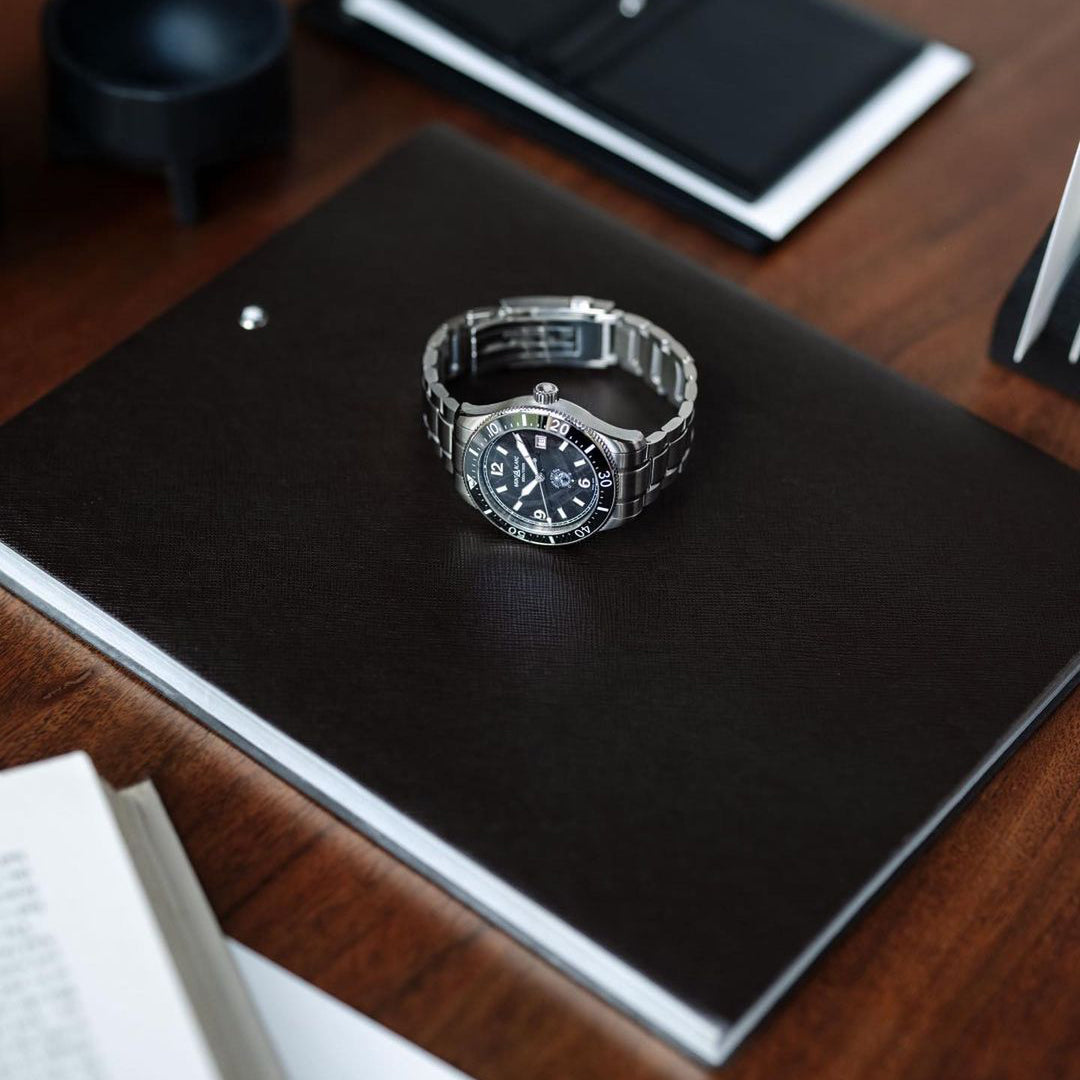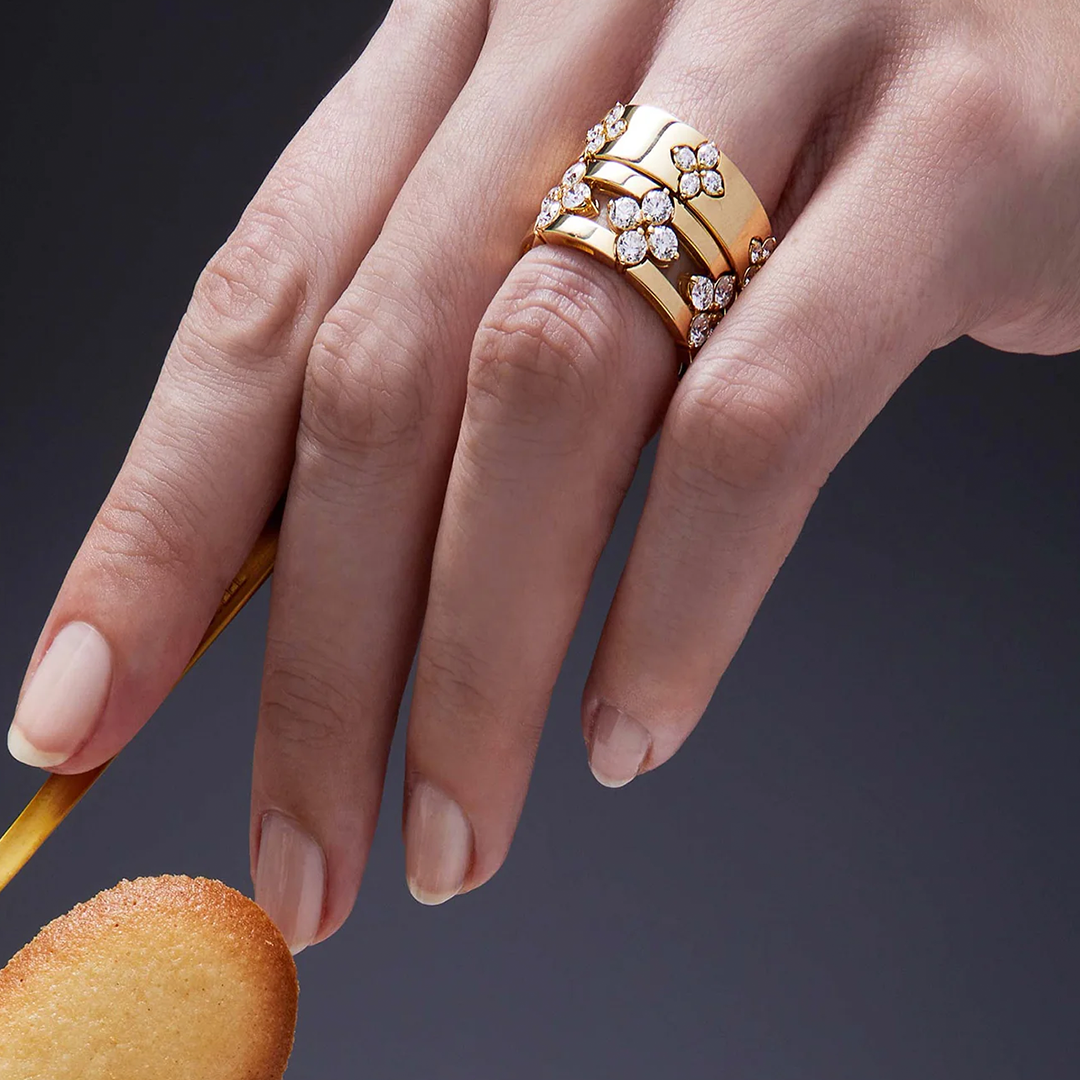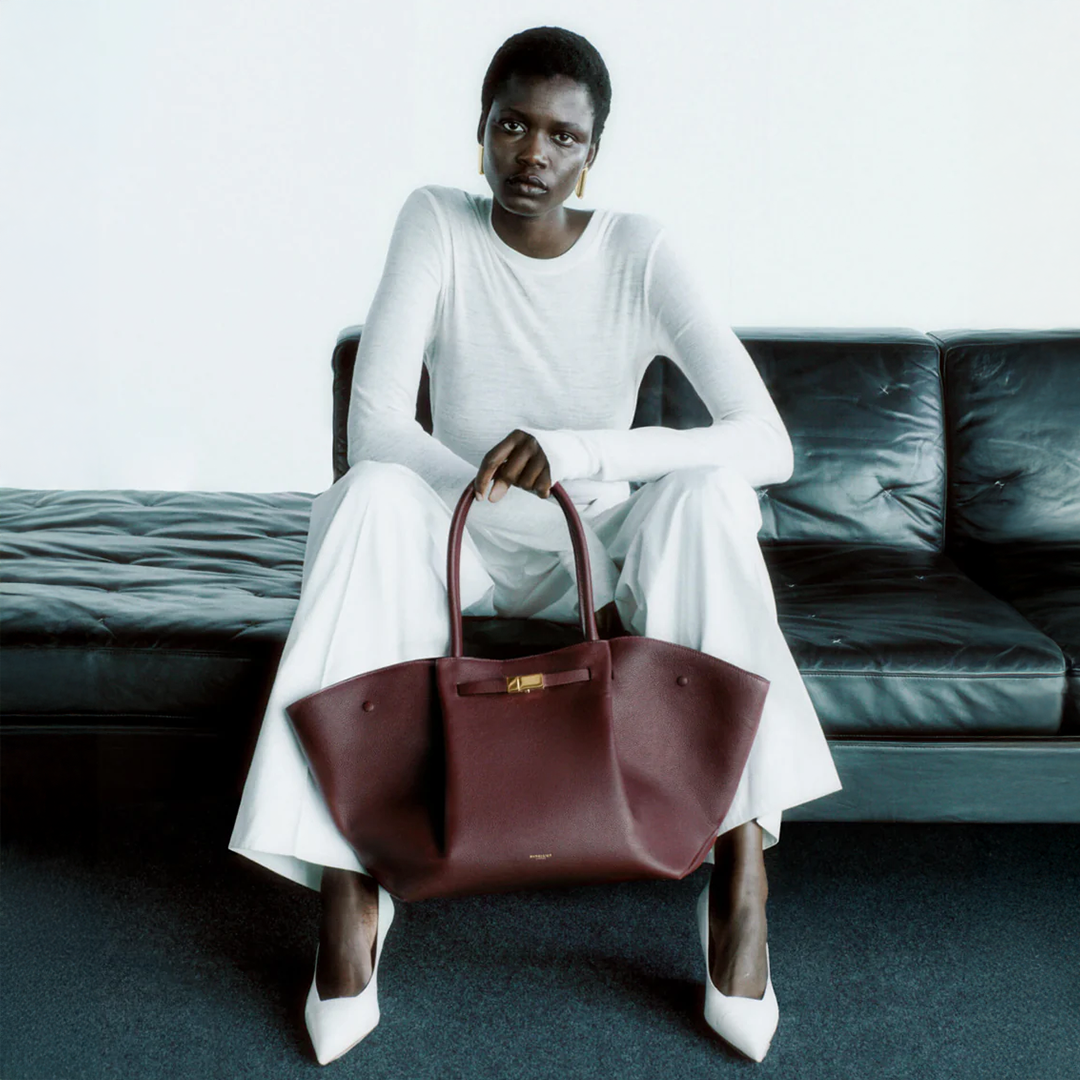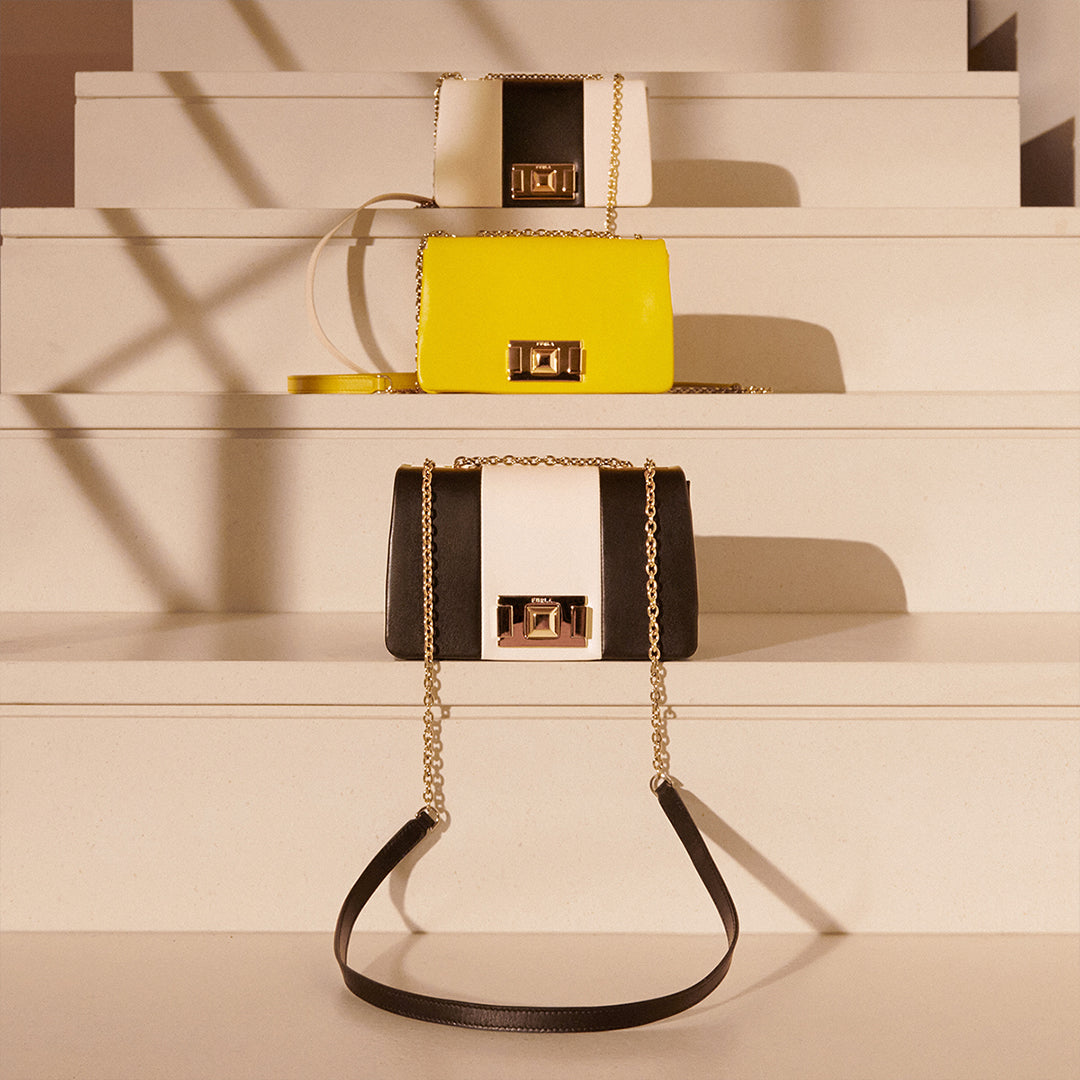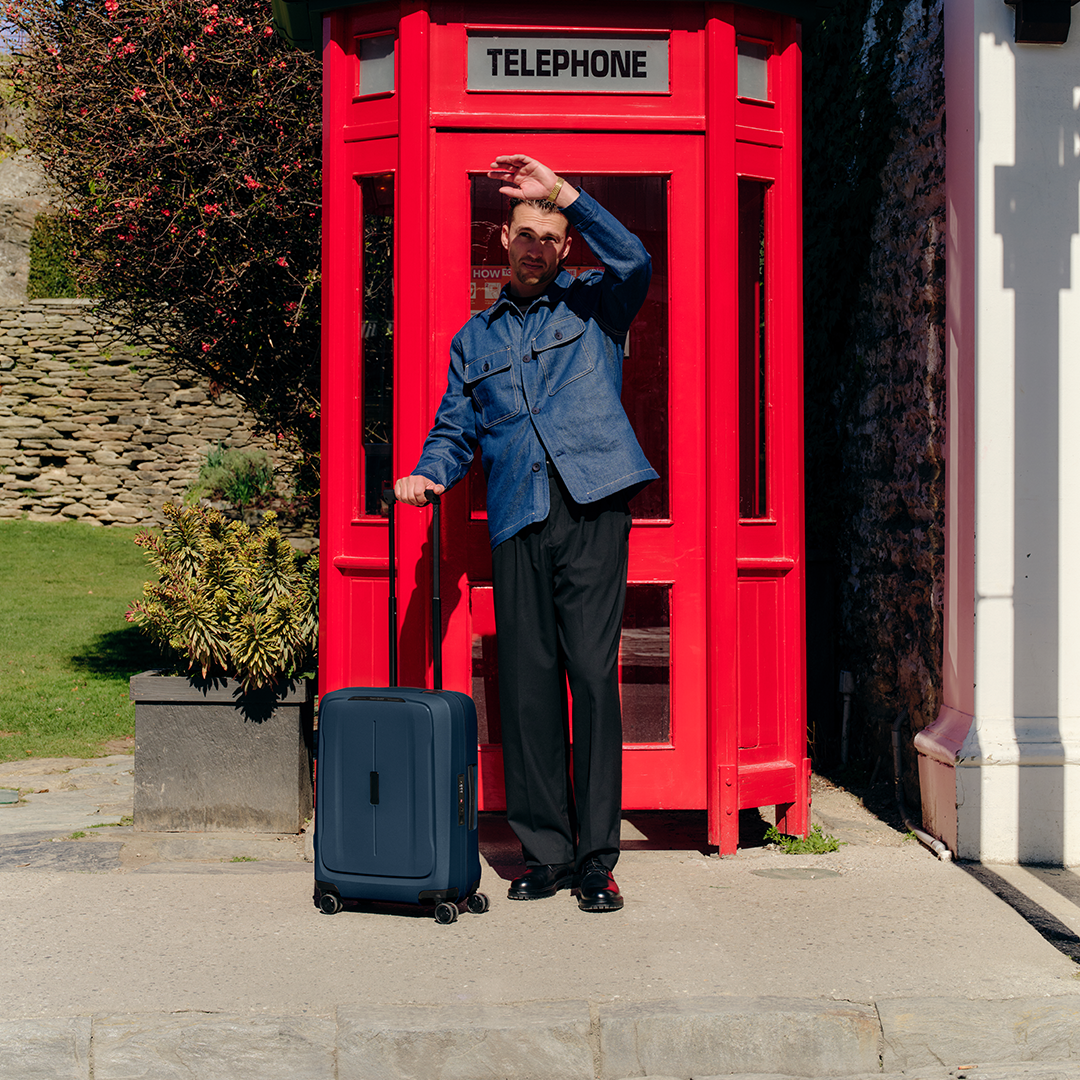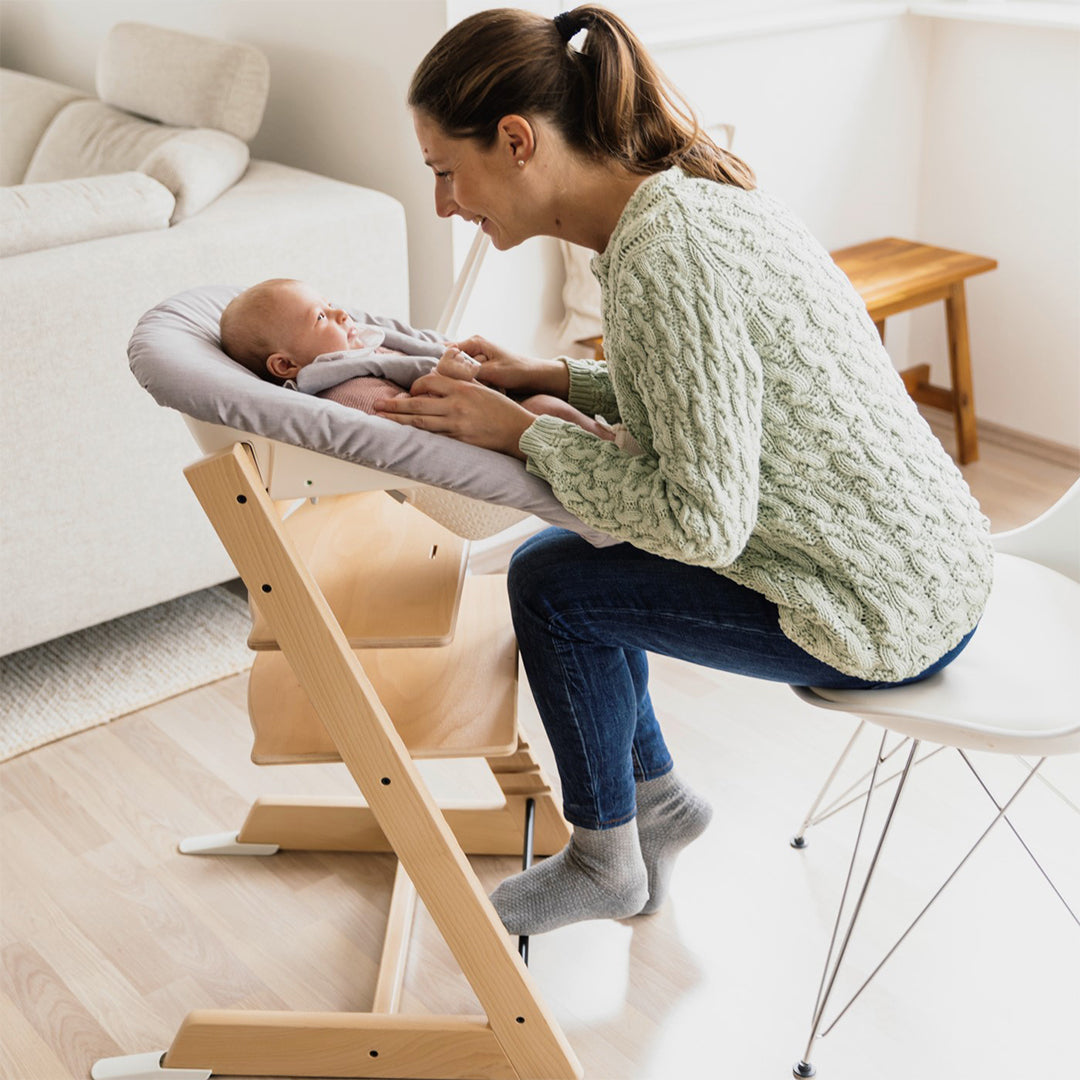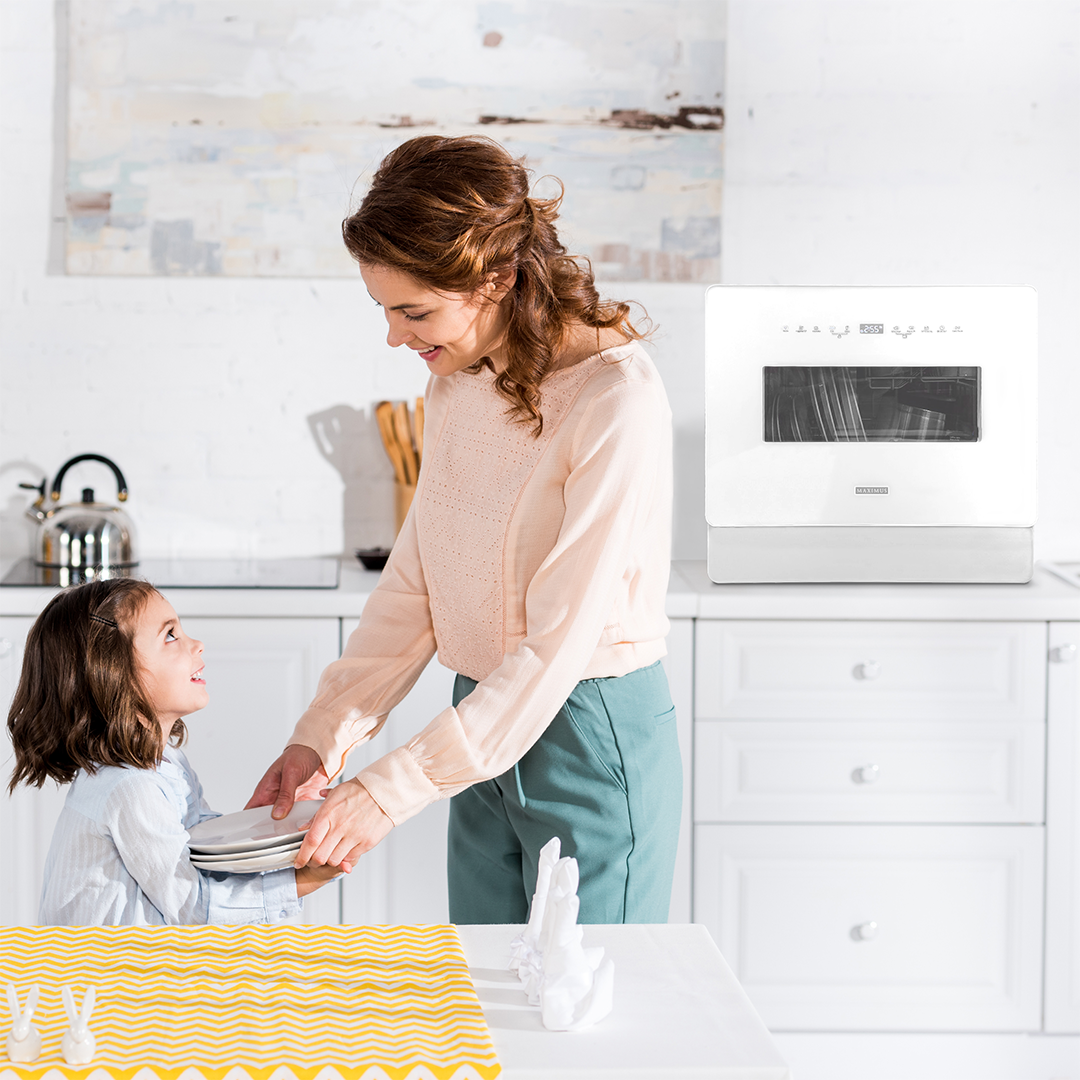Cooking delicious meals only calls for the right ingredients and preparation methods, right? After all, if the knife cuts your food, you can stir it with some sort of spoon, and it fits in a pan, what’s the big deal?
Well, if you want your food to cook in the best way possible and to taste as good as it can, the pan you use can make a big difference. The size, shape and thickness of your pan can all impact on how well your food cooks, with the wrong pan meaning something doesn’t turn out quite as good as it could.
Although it’s easy to just grab your favourite pan – admit it, you have one – and cook everything you can in it, you might want to start thinking about the types of food you make and if there could be a better way to prepare them.
So what pans should you be using for certain foods? Here’s our handy guide to make sure your kitchen is kitted out with every pan you could possibly need:


